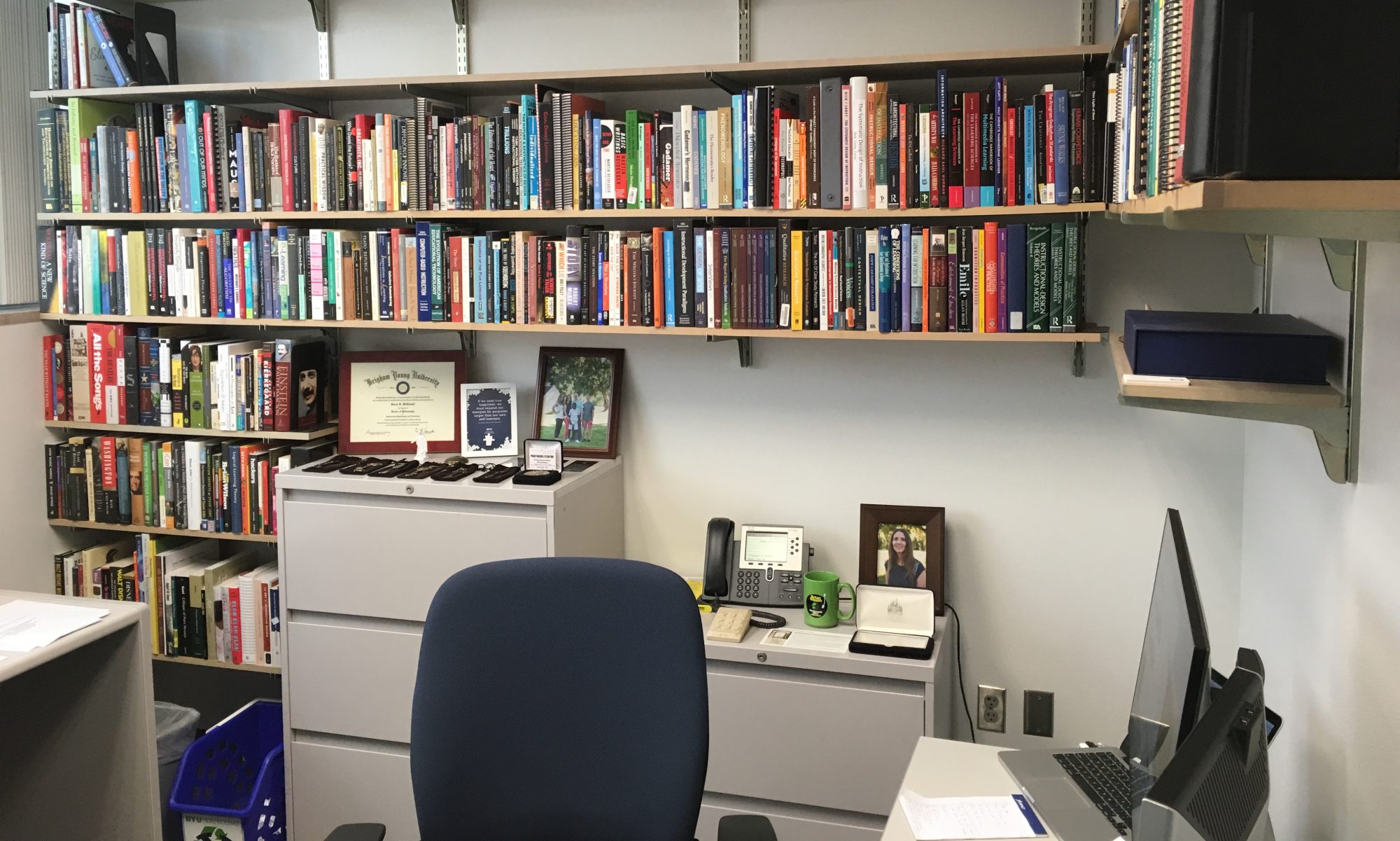Microcore was the first playable case study developed by the research team I work with. I hadn’t actually joined the team when it was finished, but it is still being used and has been experienced by more students than possibly all our other simulations put together. This particular study grew out of a student project, and I joined the writing to help get things cleaned up and out the door.
Abstract:
This case study explores a type of educational simulation, an alternative reality game we call a playable case study (PCS), and how its use influenced student engagement in an online writing classroom. The goal of the simulation was to help students create professional communication artifacts and experience real-world professional communication situations. This article reports the effectiveness of the playable case study as a tool specifically for online writing instruction (OWI). The context of our research was a PCS called Microcore. Acting as interns for a company, students are asked to investigate a serious problem that occurs and present a solution to ensure similar problems do not occur again. Forty-seven students in two sections of an online professional writing classroom responded to pre- and post-survey questions and prompts that gathered their perceptions about writing, understanding of workplace communication, and levels of engagement. Responses were coded and analyzed for thematic trends. Results suggest that playable case studies like the one reported here may be effective in countering primary OWI difficulties, including disengagement; lack of social presence; faltering self-efficacy; and unclear, unproductive perceptions about writing assignments. Students responded positively to the simulation and appeared to develop more realistic views about workplace communication.
Reference:
Balzotti, J., Haws, K., Rogers, A. A., McDonald, J. K., & Baker, M. J. (2022). Microcore: Using online playable case studies to increase student engagement in online writing environments. Journal of Applied Instructional Design, 11(3). https://edtechbooks.org/jaid_11_3/_microcore_using_onl
